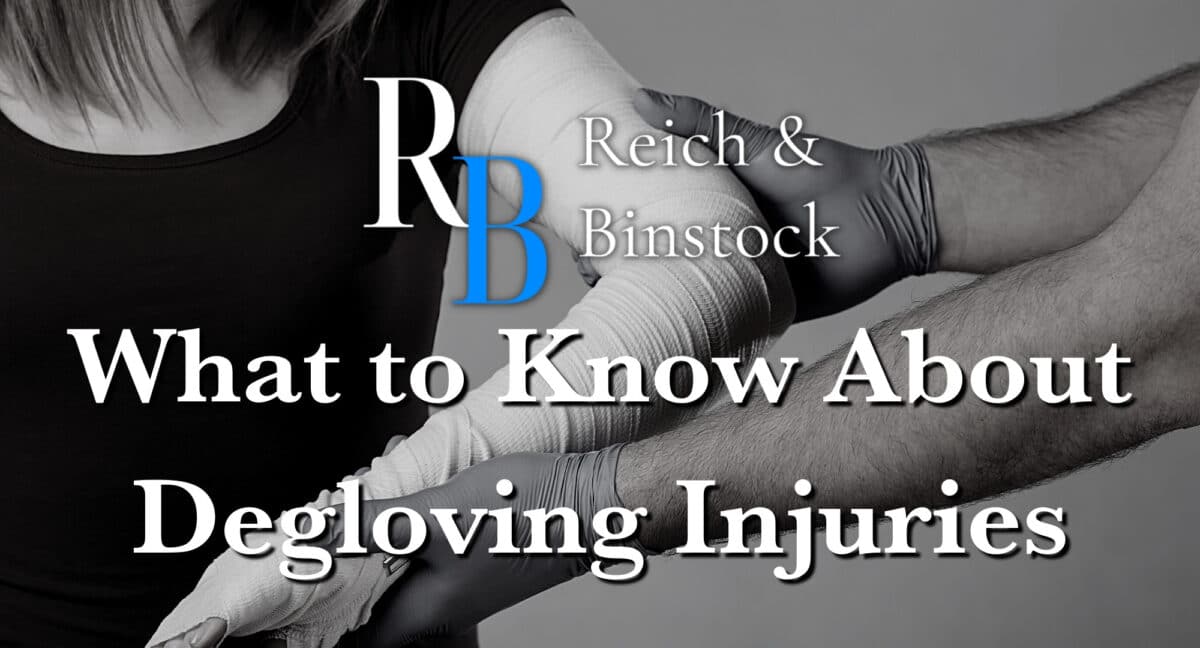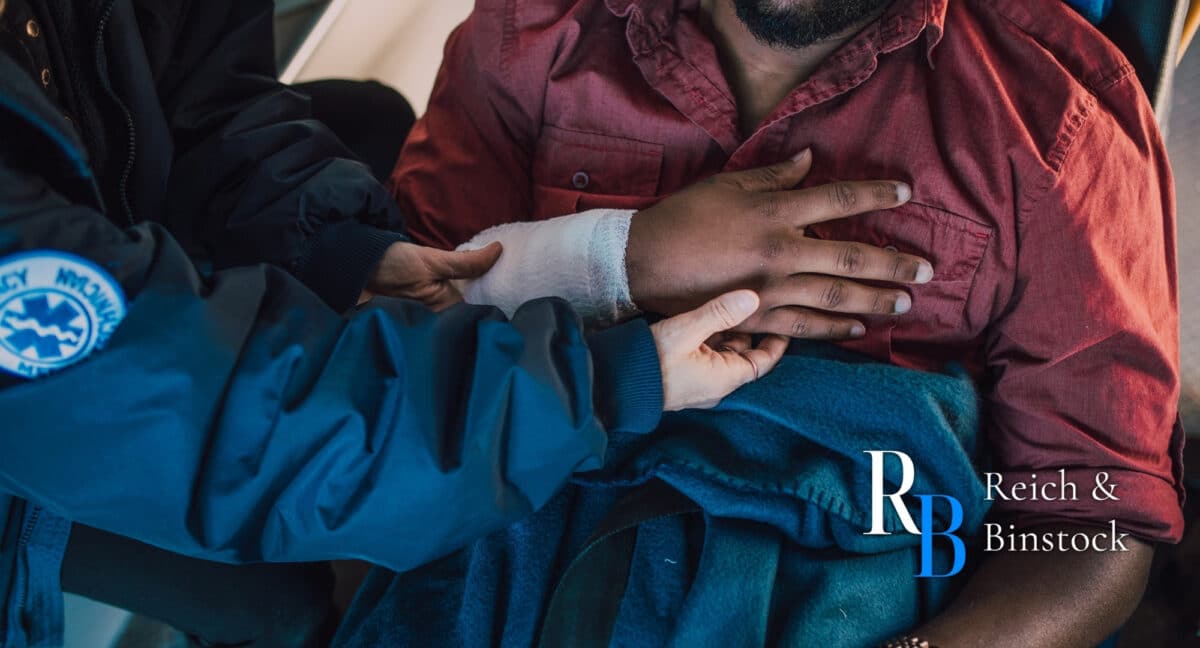Understanding degloved face c Deep Dive into
Understanding degloved face c Deep Dive into
When we think of serious injuries, many images come to mind, but one that often evokes shock and concern is a degloved face. The term itself can send shivers down your spine. A degloved face refers to a traumatic injury where the skin and tissue are forcibly separated from the underlying structures, leaving behind severe damage and exposing what lies beneath. It’s not just an injury; it’s a life-altering event that requires immediate medical attention.
Understanding how such injuries degloved face c occur can help us grasp the complexities involved in treatment and recovery. Whether it’s from an accident or other unforeseen circumstances, knowing more about degloved faces empowers us to prevent them as well as support those who endure this challenging road ahead. Join us on this deep dive into everything you need to know about degloved faces – from symptoms to coping strategies for both patients and their loved ones.
What is a Degloved Face and How Does it Happen?

A degloved face is a severe injury where the skin and underlying tissues are detached from the facial structure, resembling a glove being removed. This type of trauma can result in significant exposure of muscles, nerves, and even bones.
Such injuries often occur due to high-impact accidents. Common scenarios include vehicle collisions, falls from heights, or industrial mishaps involving machinery. In these cases, forces exerted on the skin can lead to its violent separation.
Other causes might involve animal attacks or extreme sports injuries. The brutal nature of these incidents highlights how quickly life can change with just one moment of impact.
Understanding how a degloved face occurs is crucial for recognizing risk factors and developing prevention strategies. Each case varies significantly in severity depending on the extent and location of tissue loss.
degloved face c
A degloved face c refers to a severe injury where the skin and underlying tissue are completely separated from the facial structure. This usually occurs due to traumatic incidents like accidents or animal bites, leading to significant disfigurement.
In such cases, immediate medical attention is critical. Surgeons often need to reattach skin and restore function while considering cosmetic outcomes.
Complications can arise during recovery, including infections and scarring. Each case requires tailored treatment strategies based on the severity of the injury.
Understanding this condition helps raise awareness about prevention measures. Educating individuals about safety in high-risk activities could minimize occurrences of these devastating injuries.
Patients often face not only physical challenges but also emotional struggles as they adapt to new realities post-injury. Support systems play a pivotal role in navigating this difficult journey alongside them.
Symptoms and Diagnosis of a Degloved Face
When a degloved face injury occurs, the symptoms can be alarming. The most immediate signs include severe facial trauma and visible skin loss. Areas of the face may appear raw or exposed.
Patients often experience intense pain and swelling around the affected region. Bleeding is common, requiring prompt medical attention to manage it effectively.
Diagnosis typically involves a physical examination. Medical professionals assess the extent of tissue damage using imaging tests like CT scans or MRIs. These tools help determine how deep the injury goes and what structures are involved.
Doctors also look for complications, such as nerve damage or infection risks. A thorough evaluation ensures that appropriate treatment plans are created based on individual needs. Early intervention is crucial in cases involving a degloved face to improve recovery outcomes significantly.
Treatment Options for a Degloved Face
Treating a degloved face requires degloved face c immediate medical intervention. The initial step often involves cleaning the wound thoroughly to prevent infection.
Surgeons may need to reposition and reattach the skin, depending on the severity of the injury. This intricate procedure aims to restore both function and appearance.
In severe cases, skin grafts might be necessary. These involve taking healthy skin from another area of the body to cover exposed tissue.
Pain management is also crucial during recovery. Doctors typically prescribe medications tailored for comfort without compromising healing.
Rehabilitation can include physical therapy focused on restoring mobility in facial muscles. It’s essential for regaining normal functions like eating and speaking effectively.
Psychological support plays an equally important role, in addressing emotional challenges that arise post-injury. Counseling can help patients navigate their feelings about changing appearances and social interactions.
Prevention Tips to Avoid a Degloved Face Injury
Preventing a degloved face injury begins with awareness. Understanding the environments that pose risks, such as construction sites or areas where heavy machinery is used, can be crucial. Always wear appropriate protective gear like helmets and face shields.
Education plays a key role in prevention. Train yourself and others on safe practices around potentially dangerous equipment. Knowing how to handle tools properly reduces accidents significantly.
Additionally, maintain vigilance during physical activities. Whether it’s sports or recreational biking, keep an eye out for hazards that could lead to falls or collisions.
Encourage communication about safety among friends and family members. A culture of caution can make all the difference in avoiding serious injuries like a degloved face accident. Being proactive is essential for your well-being and those around you.
Coping with the Physical and Emotional Effects of a Degloved Face
.jpg)
Experiencing a degloved face can be devastating, both physically and emotionally. Individuals may struggle with pain, swelling, and the long healing process. Recognizing these challenges is essential for effective coping.
Support systems play a crucial role. Leaning on family and friends fosters connection during difficult times. Their encouragement can help alleviate feelings of isolation.
Therapy or counseling can provide an outlet to express emotions safely. Professional guidance helps individuals navigate the complexities of their situation, promoting mental well-being.
Engaging in self-care activities is vital as well. Finding joy in hobbies or simple pleasures offers moments of respite from daily struggles.
Connecting with support groups brings together those who understand similar experiences. Sharing stories encourages healing by normalizing emotions that often feel overwhelming.
Practicing mindfulness techniques like meditation or deep breathing creates moments of calm amidst chaos, allowing recovery to unfold at its own pace.
Case Studies: Real-Life Examples of Successful Recoveries from a Degloved Face Injury
Case studies provide invaluable insights into the recovery journey of individuals with degloved face injuries. Each story is unique, showcasing resilience and determination.
One inspiring example is that of a young woman who experienced a severe accident while biking. After extensive surgical intervention, including skin grafts and reconstructive procedures, she underwent months of rehabilitation. Her progress was remarkable; not only did her physical appearance improve, but her confidence flourished as well.
Another notable case involved a construction worker injured in an industrial mishap. His path to recovery included both medical treatment and psychological support. The combination allowed him to regain functionality and rebuild his self-image over time.
These stories underline the importance degloved face c of comprehensive care—medical attention paired with emotional support can truly transform lives after such traumatic events. Through perseverance and professional guidance, many have emerged stronger than ever before.
What is a Degloved Face?
A degloved face refers to a severe injury where the skin and underlying tissues are torn away from the skull. This traumatic condition often occurs due to accidents involving high-impact forces, such as motor vehicle collisions or industrial mishaps.
In these cases, layers of facial tissue may be pulled off, leaving muscle and bone exposed. The sheer nature of this injury can be shocking and distressing for both victims and their families.
Understanding how a degloved face occurs is crucial for prevention and treatment. Immediate medical attention is essential to manage bleeding, reduce infection risk, and start reconstructive procedures when possible.
The recovery journey can involve multiple surgeries along with physical therapy aimed at restoring function and appearance. It’s a complex experience that necessitates comprehensive care from various specialists in trauma medicine.
degloved face c
A degloved face occurs when the skin and underlying tissues are forcibly detached from the facial structure. This traumatic injury often results from severe accidents, such as vehicle collisions or falls.
The term “degloving” refers to how the skin is peeled away, resembling a glove being turned inside out. Such injuries can be devastating and require immediate medical attention to minimize damage.
Understanding this condition is crucial for both prevention and treatment. Awareness of high-risk activities helps individuals take necessary precautions in their daily lives.
Injuries affecting the face can have significant emotional impacts alongside physical trauma. Support systems play an essential role during recovery, addressing not only physical healing but also psychological resilience.
Engaging with healthcare professionals early on ensures a tailored approach to rehabilitation while enhancing recovery prospects for those affected by this serious condition.
Common Symptoms and Diagnosis

A degloved face presents several alarming symptoms that require immediate medical attention. The most noticeable sign is extensive facial tissue damage, which can result in significant skin separation and exposure of underlying structures. This injury often leads to swelling and serious bleeding.
Individuals may also experience severe pain at the site of injury, making it crucial for them to seek help as soon as possible. Along with visible trauma, there might be signs of nerve damage such as altered sensation or numbness around the affected area.
Diagnosis typically involves a thorough physical examination by a healthcare professional. Imaging tests like CT scans or MRIs may be employed to assess the full extent of injuries beneath the surface. Swift identification helps guide effective treatment strategies tailored to each patient’s needs.
Treatment Options for a Degloved Face
Treatment for a degloved face requires immediate medical attention. The first step often involves cleaning the wound to prevent infection. Surgeons assess the extent of tissue damage and may perform surgery to reattach or reconstruct facial features.
Skin grafting is a common procedure, where healthy skin from another part of the body is used to cover exposed areas. This helps promote healing and improves appearance over time.
In some cases, reconstructive surgery might be necessary later on. Techniques such as flap reconstruction can restore both form and function, giving patients more natural results.
Pain management plays a crucial role during recovery. Medications help ease discomfort while physical therapy aids in restoring movement and strength.
Emotional support is equally important throughout this journey. Counseling can assist individuals in coping with changes in their appearance and boost their confidence as they heal.
Rehabilitation and Recovery Process
Rehabilitation after a degloved face injury is both challenging and crucial. It begins with meticulous care from medical professionals who specialize in facial reconstructive surgery. Each step aims to restore function and appearance.
Physical therapy often follows surgery. Exercises focus on improving mobility in facial muscles, enhancing strength, and promoting flexibility. Patients might engage in techniques that encourage blood flow, which aids healing.
Psychological support plays a vital role too. Coping with the trauma of such an injury can be overwhelming. Therapy sessions provide a safe space for expressing feelings and navigating the emotional landscape of recovery.
Support groups also offer connections among individuals facing similar challenges. Sharing experiences fosters resilience and hope as everyone progresses through their unique journeys toward recovery. Embracing this comprehensive approach is essential for rebuilding confidence alongside physical health.
Psychological Impact of a Degloved Face
Experiencing a degloved face can lead to significant psychological challenges. The sudden and drastic change in appearance often triggers feelings of anxiety, depression, and social withdrawal. Many individuals struggle with body image issues as they come to terms with their new reality.
Social interactions may become daunting. Concerns about judgment or misunderstanding from others can exacerbate feelings of isolation. This emotional turmoil is not just fleeting; it can persist long after initial recovery.
Support systems play a crucial role in navigating these emotions. Therapy options, including counseling or support groups, provide safe spaces for expression and healing. Connecting with others who have faced similar experiences fosters understanding.
Building resilience takes time and patience. Engaging in self-care practices and focusing on personal strengths helps restore confidence gradually. It’s essential to acknowledge the unique journey each person faces while coping with such profound changes.
Coping Strategies for Patients and Loved Ones
Coping with a degloved face injury can be challenging for both patients and their loved ones. Open communication is vital. Discussing feelings, fears, and hopes helps create an understanding environment.
Encouraging support networks can also make a significant difference. Family members or friends who share similar experiences often provide comfort and insights that resonate deeply.
Engaging in creative outlets like art therapy or journaling allows individuals to express emotions non-verbally. This process can facilitate healing by helping to articulate complex feelings surrounding the trauma.
Practicing mindfulness techniques such as meditation or gentle yoga promotes emotional well-being. These practices cultivate resilience, grounding patients during difficult times.
Seeking professional help from therapists specializing in trauma could prove essential for long-term recovery. Their expertise guides families through the intricacies of adjusting to life after such injuries.
Preventing and Avoiding Degloving Injuries

Preventing degloving injuries requires a proactive approach. Awareness is key; understanding the risks associated with specific activities can save lives.
Wearing appropriate protective gear, like helmets and face shields, during sports or high-risk jobs significantly lowers injury chances. Always inspect tools and equipment for safety features before use.
Keeping living spaces organized reduces accidents at home. Clutter can lead to falls or mishaps that result in serious injuries.
Educating children about safety practices fosters a culture of caution from an early age. Teach them the importance of being aware of their surroundings while playing.
Regular training sessions on emergency response can make a difference when accidents happen. Knowing how to act quickly may prevent further damage until professional help arrives.
degloved face c
A degloved face injury occurs when the skin and underlying tissues are separated from the facial structure due to trauma. This type of severe injury can result from accidents, falls, or animal bites. The damage is not just superficial; it often involves muscles and nerves.
Victims may experience intense pain and visible deformities. The exposed areas can lead to infections if not treated promptly. Immediate medical attention is crucial for proper assessment and intervention.
Treatment usually necessitates reconstructive surgery to restore appearance and function. Surgeons work meticulously to reattach tissue or utilize grafts when necessary.
Alongside physical healing, emotional support plays a vital role in recovery. Patients often face challenges adjusting to their new appearance, making psychological care essential throughout the rehabilitation process.
Prevention remains key in avoiding such traumatic injuries through safety measures during potentially hazardous activities.
Conclusion
Understanding the complexities of a degloved face is essential for both prevention and recovery. This injury, which can result from various accidents, requires immediate medical attention and long-term rehabilitation. Recognizing symptoms early can facilitate timely diagnosis and treatment.
The road to recovery may be degloved face c challenging but is often filled with hope as advancements in medical technology continue to improve outcomes. The emotional toll on patients cannot be overlooked; support systems play a crucial role in navigating this journey.
Awareness about preventing degloving injuries can significantly reduce their occurrence, leading to safer environments for everyone. Each case tells a story of resilience, illustrating how individuals adapt after such traumatic experiences.
By understanding what it means to endure a degloved face injury, we foster empathy and awareness within our communities. Sharing experiences encourages others facing similar challenges to seek help and support during difficult times.
